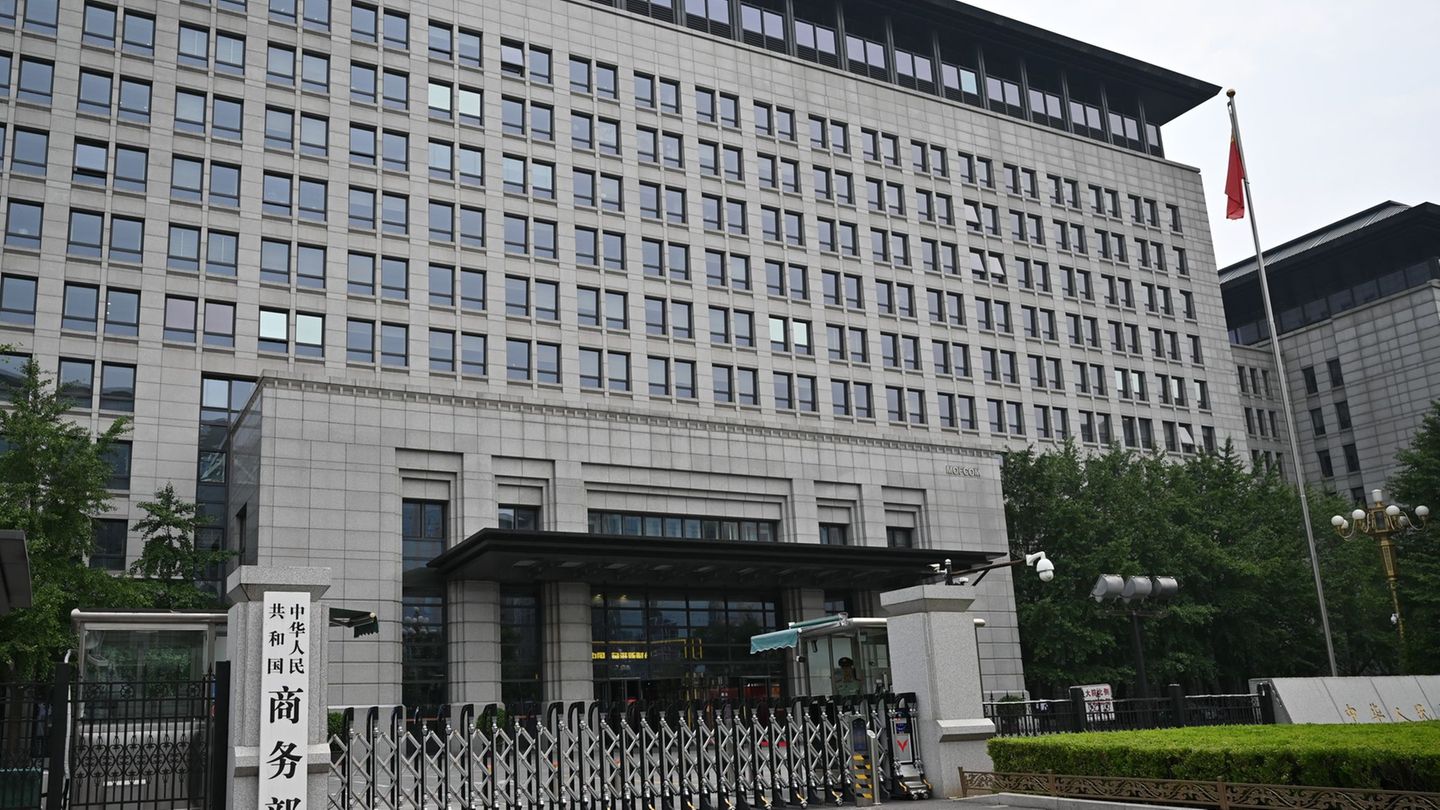The trips from Uruguay toward Argentina They became a constant for the exchange difference between both countries and at the beginning of the vacation In September, the crossings of thousands of people have already begun, many of whom will take advantage of the price gap to go shopping.
In this context, faced with a Dolar blue that continues to rise in the neighboring country and more than doubled its value so far this year, added to the Argentine exchange rate split, Uruguayans traveling to the neighboring country must ask themselves: what type of dollar Should you get it?
It is that while the Uruguayan Peso seems to show a certain stability around the price of the dollar, which today places it around 38 pesos, the situation is different in Argentina, where the US currency is strengthening and there are several exchange rates in addition to the blue, including the MEP dollar and the dollar prex.
Dolar blue
Among the many options that exist in Argentine territory, the price of Dolar blue It reached 730 Argentine pesos, reaching a gap of 108.6% with respect to the official exchange rate, which stands at 365.50 Argentine pesos.
In this way, the currency of the informal market is a good option, since when exchanging 100 dollars in the informal market you will receive, always depending on the exchanger, you will receive about 73,000 Argentine pesos, more than double the 36,550 that you would receive with the exchange rate official.
Prex Dollar
On the other hand, those Uruguayans who want to use the prepaid card Prex, opening an account in Prex Argentina, will receive 738.65 Argentine pesos for dollar, assuming a tempting option.
Those who choose this route will receive a debit card Mastercard that they will be able to use in the neighboring country and will benefit from another rate much higher than that of the official dollar, with which they have a gap of 111%.
MEP dollar
Another option, less tempting today, is MEP dollar, which today is trading at 678.68 Argentine pesos, a gap of “only” 93.9% with the official price.
In this option, the card converts the expense at the set exchange rate. The country’s tourists pay the cards in dollars and the card holders sell those dollars in Argentina through the financial market. Then they pay the businesses or services in pesos.
Source: Ambito




